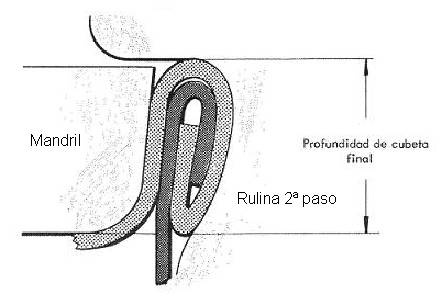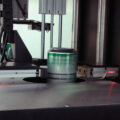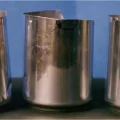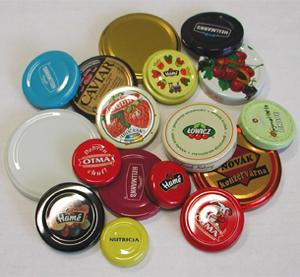Ghosting refers to problems in the printing process where an unwanted faint image appears on a printed sheet. However, the details provided focus on mechanical ghosting related to colored inks and do not explicitly mention white ink. Mechanical ghosting can be caused by a non-optimal layout, lack of ink, ink film that is too thin, or ink that does not flow properly. Symptoms include a light or dark impression of another part of the shape appearing in large solids or dense halftones.
For white ink or any other ink, if ghosting occurs, recommended solutions may be similar to those for color inks, such as adjusting the layout to minimize ink saturation, increasing ink settings, adding thinner to carry a thicker ink film, or the addition of a free-flowing varnish with caution to prevent the ink from being too weak.
If you experience ghosting specifically with white ink, it would be advisable to follow similar troubleshooting steps while also taking into account the unique properties of white ink, such as its opacity and pigment loading. If the problem persists, consult the ink manufacturer or a technical representative for a more customized solution based on the specific characteristics of the white ink used in your printing process.
The knowledge base provides some likely causes of mechanical ghosting, which could also apply to white ink:
Less than optimal disposition.
Lack of ink.
The ink film is too thin.
The ink does not flow properly.
To solve these problems, the following solutions are recommended:
When possible, layout the job to minimize ink saturation of solids.
Increase the ink settings.
Add thinner to reduce color intensity and achieve a thicker ink film.
The addition of a free-flowing varnish may help. However, caution is advised, as the ink may become too weak or start to stain or foam.
Please note that these are general suggestions and the specific solution may vary depending on the exact cause and context of the ghosting problem.














